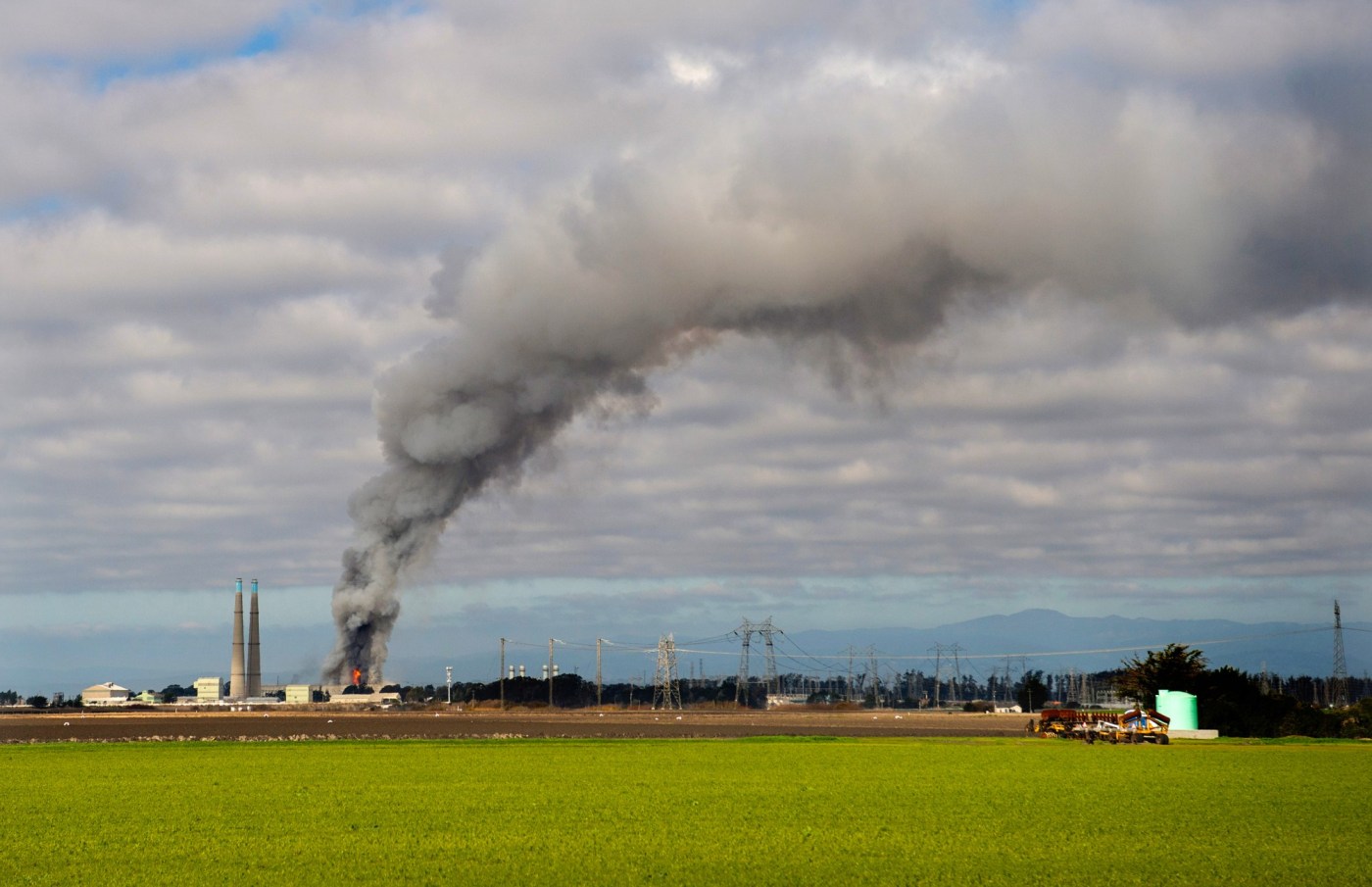Moss Landing Fire: Vistra and EPA Finalize Battery Cleanup Deal

EPA and Vistra Reach Agreement to Address Battery Fire at Moss Landing Plant
Six months after a fire broke out at Vistra’s battery plant in Moss Landing, the U.S. Environmental Protection Agency (EPA) announced that it has reached an agreement with the company to remove and dispose of batteries affected by the incident. The agreement, signed last week, outlines specific steps for Vistra to take under the EPA’s oversight to ensure the safe handling of the damaged lithium-ion batteries.
The fire initially raised concerns about the potential for further incidents, as evidenced by a flare-up on February 18, just over a month after the original fire. This event highlighted the ongoing risks posed by the damaged batteries. Kazami Brockman, an on-scene coordinator for the EPA, acknowledged the impact of the incident on the local community during a press briefing in Monterey County. He expressed empathy for those affected and emphasized the EPA’s commitment to addressing all aspects of the situation in coordination with local and state authorities.
Under the terms of the agreement, Vistra will be responsible for the removal of the damaged batteries. The process includes treating the batteries for safe transport and disposal or recycling. The company must submit detailed plans to the EPA and implement comprehensive safety measures to protect workers and nearby residents throughout the cleanup. Additionally, Vistra is required to engage with the community to foster meaningful public participation during the removal process.
If Vistra fails to meet the EPA’s standards during the cleanup, the agency has the authority to take over the operation and charge Vistra for the associated costs. Once the batteries are safely removed, oversight of any remaining on-site cleaning activities will be transferred to state and local authorities.
To ensure environmental and worker safety, Vistra must implement air monitoring and sampling around the plant site during the removal activities. An EPA-approved emergency response plan will also be put in place. In addition, Vistra will continue to have a private firefighting company on-site 24/7. The company may also be required to conduct additional air monitoring and sampling at the EPA’s discretion.
The facility houses approximately 100,000 lithium-ion batteries, with about 55% of them damaged in the fire. David Yeager, director of project development for Vistra, noted that the cleanup process will take multiple months, with this being the initial phase. He emphasized that the effort will involve a multi-phased approach to address the complexity of the removal process.
With the agreement now official, Vistra will gain access to parts of the building that were previously inaccessible. This will allow for physical inspections of systems in the Moss 300 building. Yeager described the collaboration between the EPA and other state and local agencies as thoughtful and focused on prioritizing both worker and environmental safety throughout the removal process.
Residents and stakeholders can stay updated on the progress of the response and removal efforts through dedicated resources on the Monterey County website. Additional information and updates are also available on the EPA and Vistra websites.